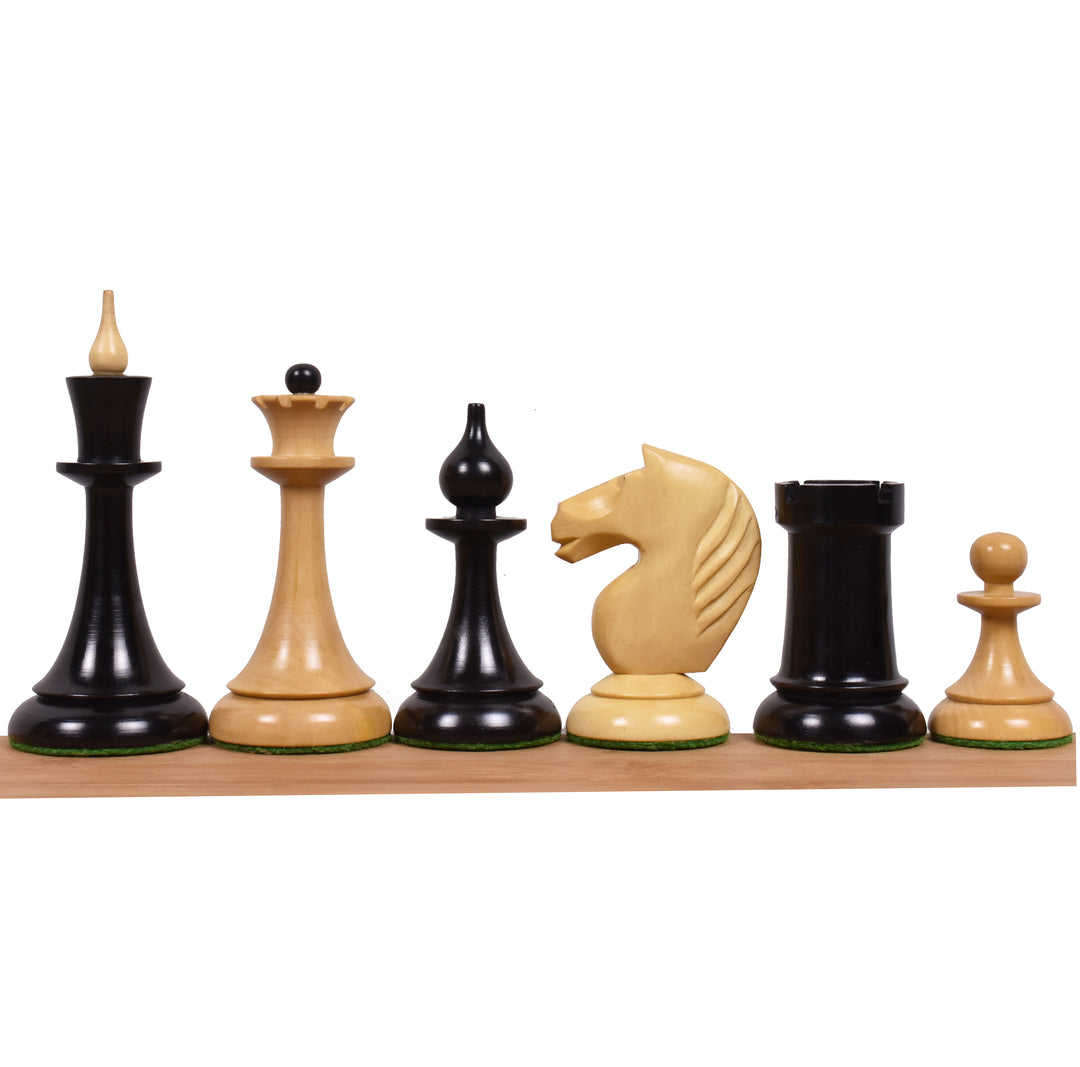
Chess is a famous abstract strategic board game that can be played between two players. For over a thousand years, people have been playing this game. The rules for playing chess are very simple for a board game. It helps to gain popularity for chess.
In Chess, every piece plays a vital role in the game. The power of chess pieces is not the same. It varies depending on their type. When evaluating each piece's relative strength in prospective trades, the chess piece relative value system traditionally gives each piece a point value.
The values of each chess piece should be understood by players in order to play a chess game strategically and effectively. The blog will review it and provide comprehensive guidelines.
The Chess Pieces Value System for Beginners
Here is the standard valuation of chess pieces,
|
Piece Name |
Value |
|
King |
Not Assigned |
|
Queen |
9 |
|
Rook |
5 |
|
Bishop |
3 |
|
Knight |
3 |
|
Pawn |
1 |
Sometimes the values are not a proper indication. It is determined by the conditions of the game. The fighting worth of the king is around four points in the endgame, when checkmate is not a serious threat. The king excels at assaulting and defending pieces and pawns that are close by. It is superior to the knight and the bishop at both attacking and protecting these kinds of pieces. Three minor pieces (nine points) are often somewhat stronger than two rooks (ten points) or a queen (nine points).
The New Chess Pieces Value System
The suggested new chess piece value system assesses the strength of the pieces in a more dynamic and contextual manner. Instead of assigning fixed point values, this approach determines a piece's worth based on its potential mobility, board control, and tactical influence. Here is the list of values for the pieces in the new system.
|
Piece Name |
Value |
|
King |
Not Assigned |
|
Queen |
10 |
|
Rook |
5.25 |
|
Bishop |
3.55 |
|
Knight |
4.55 |
|
Pawn |
1 |
Value on Time in Chess
Chess time restrictions specify how much time each player has to finish a game. They can be straightforward or sophisticated. Classical time controls are typically utilized for over-the-board events and allude to longer time constraints. Time is very important in chess. The importance of time management is a vital part of playing chess. There are different chess gameplay styles based on time. These are Rapid, Blitz, Bullet, and Classic. While playing chess, you have to focus on your time as well as on the board. One can lose a game on time. It is crucial to make the correct moves under pressure.
Factors Impacting the Value of Chess Pieces
There are two main factors that impact the value of chess pieces. These are,
- Position of the piece
- Position of the game
The strength of the pieces and pawns always remains the same in the opening of a chess game. In contrast, the relative worth of the chess pieces changed during the endgame. It is possible for the relative worth of pawns, rooks, and bishops to rise, though usually to a lesser extent. The power of the knight tends to decline, and the queen might also be slightly weaker.
Two Rooks vs a Queen
They are equal during the middle game. The two rooks are slightly more potent in the endgame. Two rooks are equivalent to a queen and a pawn when there are no other pieces on the chess boards.
Two Minor Pieces vs a Rook
A rook and two pawns are weaker than two bishops in the opening and middlegame; equal to or slightly weaker than a bishop and knight; and equal to two knights. In the endgame, a rook and one pawn are equivalent to two knights and are equal to or slightly weaker than a bishop and knight.
In the opening, bishops are frequently more potent than rooks. In the middlegame, rooks are usually more powerful than bishops, and in the endgame, rooks dominate the minor pieces.
The Importance of Space in Chess
More space, usually as a result of superior center growth and control, allows you to plan an attack and move your pieces to their most effective squares. On the other hand, being cramped means the parts get in each other's way and aren't as effective as they could be. If they are still on the back-rank, for example, they might sometimes take away escape squares from the king when it is attacked.
- In general, the more developed side gets a larger area.
- You can't use your pieces efficiently if you don't have enough space.
Conclusion
Though knowing the value of chess pieces is complex for beginners to learn, learning always makes complex things easier. By following these descriptions, one can understand the proper concept of chess piece valuation. Remember that white moves first. You can become a chess master by frequently practicing the game. We wish you a very good journey with chess, and don’t forget to know the value of pieces.
Knowing the value of pieces helps players assess whether a trade is favorable or not. Sacrificing a higher-value piece to capture a lower-value one can be strategically advantageous if it leads to gaining a material advantage. Knowing the value of each piece allows players to assess the material balance and determine who has the advantage. Accurate calculation often involves weighing the consequences of piece exchanges and potential outcomes. Knowledge of piece values assists in making well-calculated decisions during the game.



































